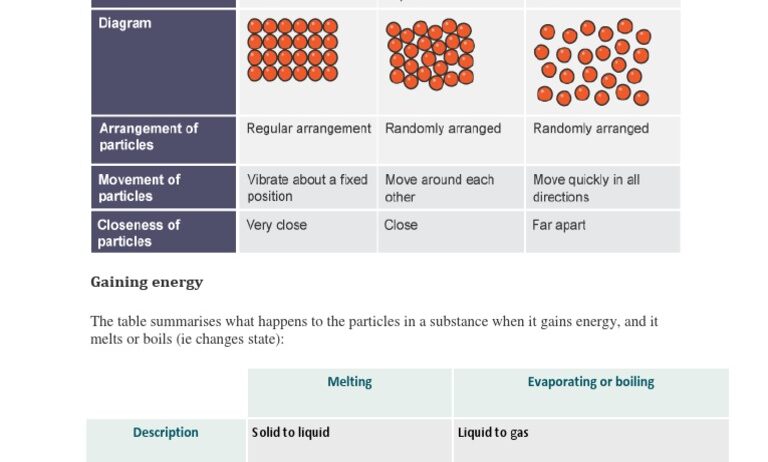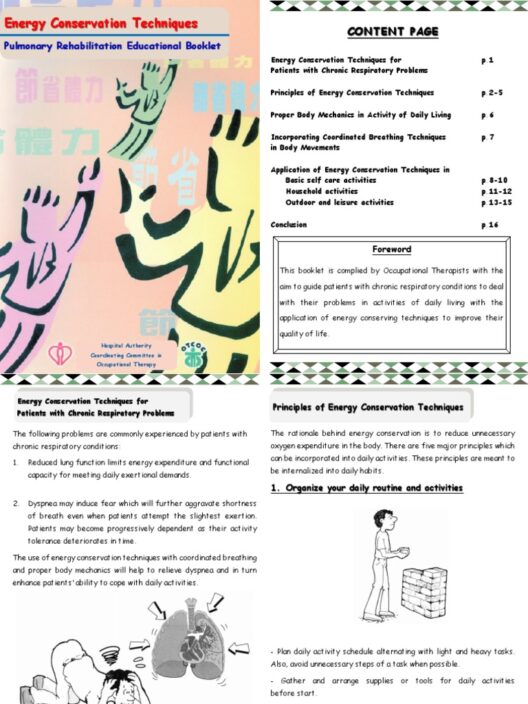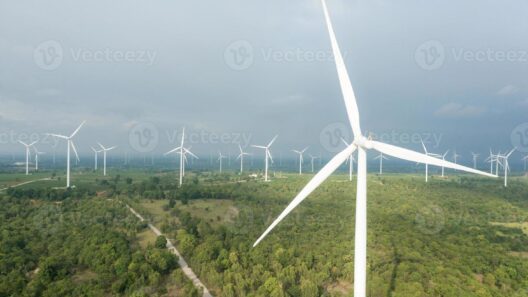The Earth, a dynamic tapestry of interconnected states and phases, exemplifies energy conservation through the intricate process of state changes. This metamorphosis—where substances transition from solid to liquid, and ultimately to gas—embodies a remarkable balance of energy dynamics. Focusing on the journey from ice to vapor, we can unravel the profound implications of these changes of state, not only in nature but also for our understanding of environmental sustainability.
At the crux of this discussion is the concept of latent heat, a silent yet powerful force. When you observe ice melting into liquid water, it may appear as a straightforward transformation. However, beneath this seemingly simple shift lies the intricate ballet of energy absorption and release. Ice, a crystalline structure, holds tightly to its molecules. The energy required to break these bonds and liberate the water molecules is termed latent heat of fusion. This energy, transferred from the environment, showcases a conservation mechanism; it draws energy from surrounding elements without raising the temperature of the ice until the state change is complete.
During this phase transition, ice becomes a conduit for energy conservation. Instead of merely dissipating heat into the atmosphere, it absorbs warmth, acting as a thermal reservoir. This characteristic is paramount in the fight against climate change. In urban environments, for instance, ice and snow play a crucial role in moderating temperature fluctuations, limiting the extremes that would otherwise lead to energy spikes and heightened greenhouse gas emissions.
Transitioning from ice to liquid state, the energy conservation narrative continues as we analyze the nuances of boiling. While water reaches its boiling point, it holds yet another secret—the latent heat of vaporization. When liquid water begins to transition into water vapor, it demands substantial energy input to break the intermolecular forces completely. This, again, is an extraordinary mechanism of energy conservation. The process requires energy from the surrounding environment, safeguarding it from rapid temperature increases. The energy absorbed allows water to transition to vapor without a corresponding spike in temperature.
This phase transition is not merely an elemental occurrence but rather a linchpin for ecological balance. In natural ecosystems, bodies of water are essential habitats that regulate their environment. When water vaporizes and enters the atmosphere, it holds potential energy that can later be released through precipitation. This cycle—from evaporation to condensation—loops back to sustainability, providing necessary moisture to ecosystems devoid of excessive water consumption or energy expenditure.
Furthermore, the metaphorical illustration of clouds—those enigmatic billows of vapor—reveals another layer of energy conservation. These floating entities represent stored energy, poised to release moisture in the form of rain. The energy conserved during the transition from water to vapor is eventually transferred back to the surface of the Earth through precipitation, facilitating irrigation and supporting life. This cyclical interplay of energy between states ultimately represents harmony in nature, meticulously maintaining equilibrium.
Moreover, this begs the question of how these principles apply on a larger scale within the context of climate change. The conservation of energy through state transitions aids in moderating global temperatures. For instance, the melting of polar ice caps, while alarming, also signifies a critical shift. As the vast expanses of ice transition to liquid, they absorb heat that would otherwise warm the atmosphere. This indirect cooling effect, albeit temporary, illustrates the complex relationship between state changes and climatic conditions.
The implications extend beyond natural processes into human innovation. Engineers and scientists strive to replicate these energy conservation mechanisms in various applications, from HVAC systems to thermal energy storage. The lessons learned from the behaviors of water and its transformations inspire technologies that aim to optimize energy use. By understanding the latent heats involved in state changes, it leads to more efficient designs that mirror nature’s practices of thermal management.
Further refining our appreciation of these phenomena, consider the implications of climate change on the hydrological cycle. Warmer global temperatures impact the frequency and efficiency of state changes. As the planet warms, the amount of water vapor in the atmosphere increases, exponentially altering weather patterns and expecting more intense precipitation. This transformation undoubtedly affects energy distribution and conservation dynamics, leading to more volatile weather patterns that could disrupt the delicate balance established over millennia.
Therefore, recognizing the integral role of changes of state is vital as we tread along the route of climate action. Educating ourselves and others about these processes empowers communities to strive for practices that respect these natural laws. Be it through the preservation of wetlands, which act as buffers and reservoirs, or through the advancement of building designs that utilize passive heating and cooling strategies, understanding these nuances cultivates a proactive approach to mitigating climate impact.
In encapsulating the journey of energy through changes of state, from the steadfast ice to the elusive vapor, we unveil not just the intricacies of molecular interactions but a clarion call for sustainability. These transitions serve as a poignant reminder of the environment’s inherent ability to conserve energy, providing foundational lessons that can shape our responses to climate change. Just as water dances through various forms, we too must adapt our methods and invite innovation to emerge from this dynamic interplay, where every drop symbolizes our commitment to safeguarding Earth’s precious resources.








